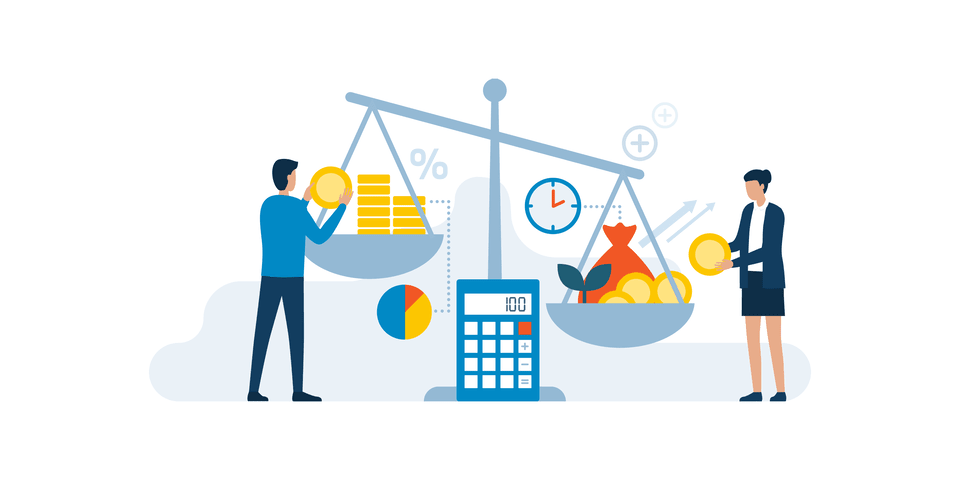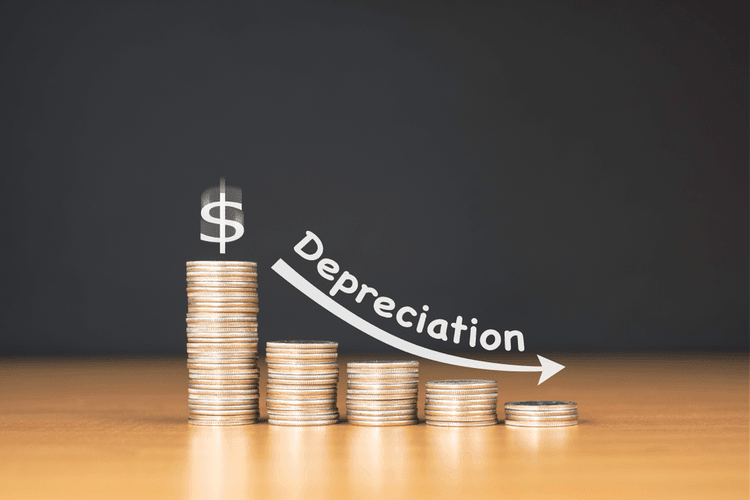
The raw materials are considered direct material costs and are not included in conversion costs. Instead, these expenses are included in another category of production costs called prime costs. Several factors can contribute to the difference between actual and budgeted conversion costs. These factors include fluctuations in labor rates, changes in production volume, normal balance variations in overhead expenses, and inefficiencies in the production process. It is crucial to consider these factors when analyzing the conversion cost variance. In this section, we will delve into the concept of Conversion Cost Variance and explore how it can be measured and analyzed.

In-Depth Meta DSP Guide For 2024
- Well, there’s a new era in advertising that is revolutionizing the way we consume content on our screens.
- Conversion costs are calculated in order to know the cost per unit, which assists the company in deciding a price for the product.
- As you have learned, equivalent units are the number of units that would have been produced if one unit was completed before starting a second unit.
- Conversion cost is the cost incurred by any manufacturing entity in converting its raw material into finished goods capable of being sold in the market.
- Conversion cost, as the name implies, is the total cost that a manufacturing entity incurs to transform or convert its direct materials into salable or finished product.
If so, then natural link building might just be the missing piece in your digital marketing strategy. Are you an architect looking to enhance your online presence and attract more clients? If so, then Architect SEO is the key to unlocking greater visibility in the digital landscape. Welcome to the future of advertising – where traditional TV meets the digital age! Connected TV (CTV) advertising is revolutionizing how brands reach their target audiences through popular streaming platforms.
How to Monitor Ad Spend: A Comprehensive Guide
In this section, we will delve into the intricacies of calculating the total cost involved in converting raw materials into finished goods. Understanding the conversion cost formula is crucial for effective cost accounting and management. By analyzing the various components of conversion costs, businesses can make informed decisions to optimize their production processes and enhance profitability. Conversion costs are those production costs required to convert raw materials into completed products.
How much should SEO Service Cost a Law Firm
- Assume that direct materials cost $700, direct labor is $500, and factory overhead is $300 for cabinets that have been manufactured.
- In accounting, conversion costs represent the money spent on turning raw materials into finished products.
- To speed up the production process, they rented an assembly plant for ₹1,50,000/Month.
- And this means, if you consider someone subscribing to your blog as a conversion, that’s what you are counting here.
- One of the key concepts in cost accounting and management is conversion cost, which is the sum of direct labor and manufacturing overhead costs incurred to produce a unit of product.
- Explore how conversion costs influence product pricing and their essential role in cost accounting, distinguishing them from prime costs.
For the past 52 years, Harold Averkamp (CPA, MBA) hasworked as an accounting supervisor, manager, consultant, university instructor, and innovator in teaching accounting online. He is the sole author of all the materials on AccountingCoach.com. For the past 52 years, Harold Averkamp (CPA, MBA) has worked as an accounting supervisor, manager, consultant, university instructor, and innovator in teaching accounting online. She holds a Bachelor of Science in Finance degree from Bridgewater State University and helps develop content strategies.
Advertising Budget with a PPC ROI Calculator
Each department tracks its conversion costs in order to determine the quantity and cost per unit (see TBD; we discuss this concept in more detail later). Conversion costs are restricted to direct labor and manufacturing overhead, which are needed to convert raw materials into completed products. Prime costs are the direct labor and direct materials costs incurred to build a product. In summary, understanding the components of conversion cost empowers businesses to optimize their production processes, manage expenses effectively, and make informed decisions. By considering direct labor, direct materials, overhead, depreciation, quality control, and conversion costs the conversion cost formula, organizations can enhance their cost control strategies and drive profitability.

What is Chiropractor SEO?

Managers can view this information on the importance of identifying prime and conversion costs from Investopedia, a resource for managers. In the Peep-making process, the direct materials of sugar, corn syrup, gelatin, color, and packaging materials are added https://www.bookstime.com/articles/outstanding-checks at the beginning of steps 1, 2, and 5. While the fully automated production does not need direct labor, it does need indirect labor in each step to ensure the machines are operating properly and to perform inspections (step 4). These costs can’t be traced back to a single unit in the production process. Conversion costs can be considered to layer on top of prime costs, where they are needed to convert raw materials into finished goods. In today’s digital age, establishing a strong online presence is crucial for businesses striving to thrive in their local communities.

How to do SEO for Clearwater Florida Businesses
- How to use conversion cost for cost accounting purposes, such as assigning costs to products, inventory valuation, and variance analysis.
- Are you looking to take your ecommerce business to the next level?
- Manufacturing overheads used in calculating conversion costs are the overheads that cannot be attributed to the production process or a single unit in production, for example, rent or electricity.
- They invested ₹2,00,000 in galvanised iron sheets, ₹1,50,00 in aluminium sheets, ₹80,000 on SBR tyres, and paid ₹1,00,000 as employee wages.
By comparing the actual conversion cost with the budgeted or standard conversion cost, managers can identify the variances and the causes of them. Conversion Cost Variance is a crucial metric for cost accounting and management. By measuring and analyzing the difference between actual and budgeted conversion costs, companies can identify areas of improvement, optimize their production processes, and enhance cost control. Let’s consider an example to illustrate the concept of conversion cost variance. Suppose a manufacturing company budgeted $100,000 for conversion costs for a particular production run. This would result in a positive conversion cost variance of $10,000.

